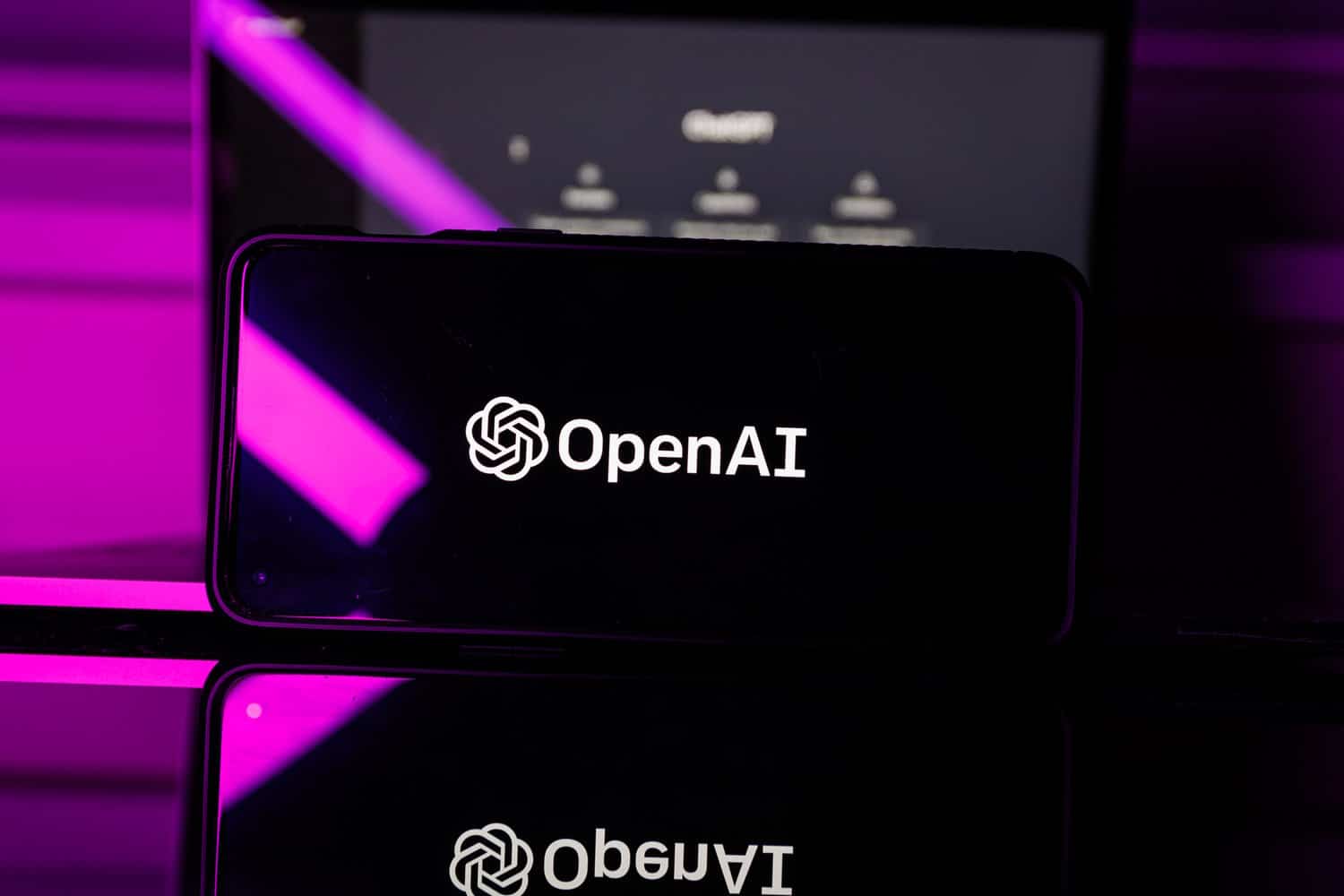
OpenAI releases an official ChatGPT app for iOS
There are a huge number of fake ChatGPT apps out there -- particularly for Android handsets -- but now the company behind the artificial intelligence has released an official iOS app.
The app is not only free, it is also devoid of advertising. For most people, the app provides access to the GTP-3 powered AI, but anyone who subscribes to ChatGPT Plus gains access to the power of GPT-4.
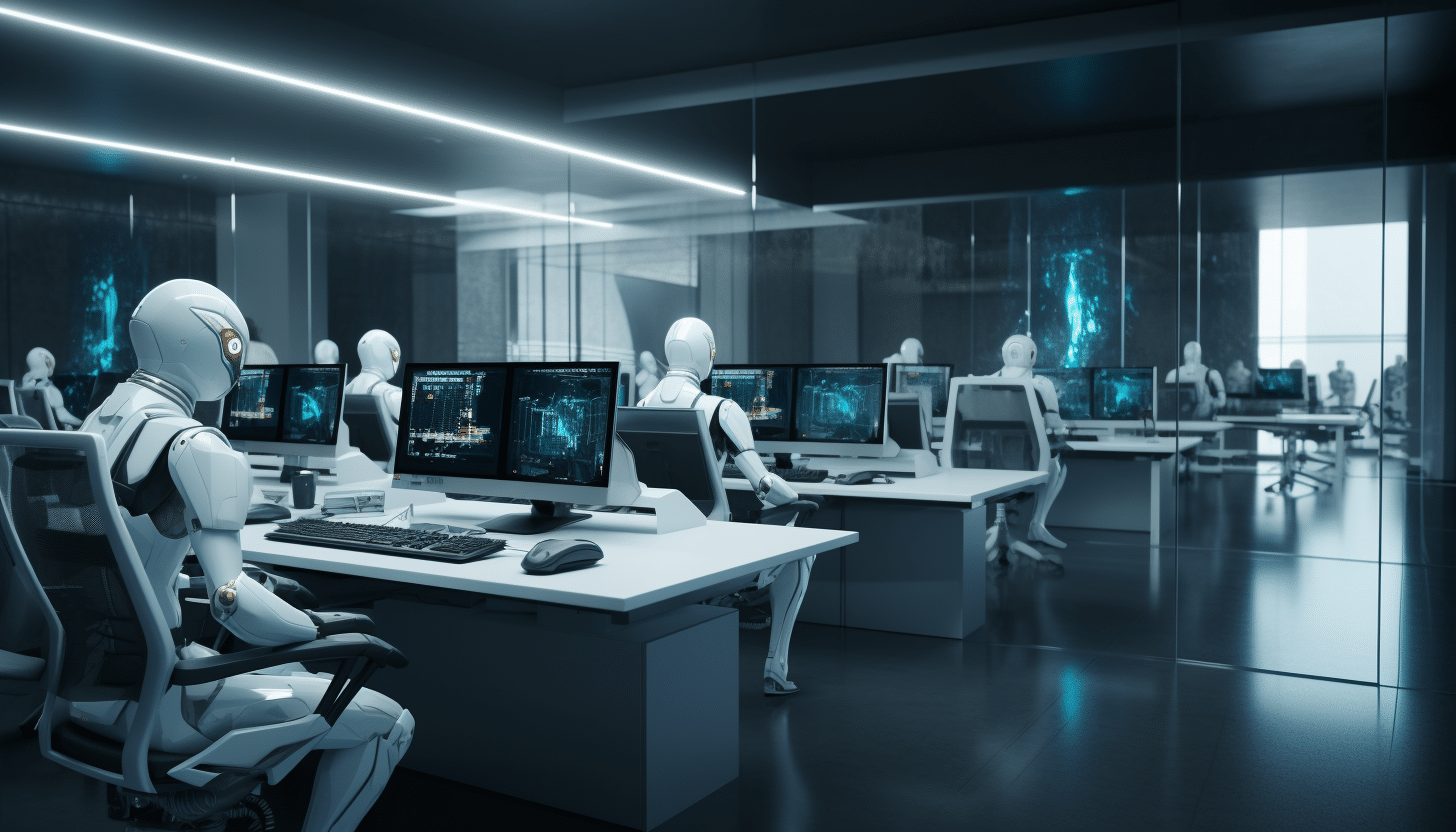
Creating digital workplaces with IT, AI and IoT
Due to the many advances and new developments in technology, the way in which businesses are communicating is changing. Technology holds a central role in reshaping how employees work, interact and engage with others. This is helping to create digital workplaces, where emerging technologies like Artificial Intelligence (AI) and the Internet of Things (IoT) are powering organizations to utilize data and increase access to information.
While technology such as AI and automation have been in existence for some time, the speed and rate of adoption across the business landscape is gathering pace as a means to digitize workplace settings. Currently, 15 percent of all UK businesses have adopted at least one AI technology, with the IT and telecommunications sector leading the way with the highest rate of adoption at 29.5 percent. But what features and technologies matter most to end users and how is this evolving across the digital workplace?

Over 80 percent of workers don't believe AI can replace them
Could AI one day make your job obsolete? 81 percent of respondents to a new survey don't believe so.
The study of almost 1,200 UK office workers by ID Crypt Global finds that while 95 percent have heard of AI, 94 percent are doing nothing to prepare for the eventuality of AI replacing them in the workplace, such as learning new skills or looking for new industries to work in.

AI ethics and innovation for product development
AI ethics are a factor in responsible product development, innovation, company growth, and customer satisfaction. However, the review cycles to assess ethical standards in an environment of rapid innovation creates friction among teams. Companies often err on getting their latest AI product in front of customers to get early feedback.
But what if that feedback is so great and users want more? Now.

New AI-powered engine helps protect critical infrastructure
A new AI-based analysis and response engine designed to quickly address security gaps and resource limitations in mission critical operational infrastructure is being launched by Nozomi Networks.
Vantage IQ uses artificial intelligence (AI) and Machine Learning (ML) to help security teams by automating the time-consuming tasks associated with reviewing, correlating and prioritizing network, asset and alert data.

Five ways ChatGPT can augment IT operations, without reinventing the wheel
IT operations (ITOps) teams are finding it increasingly difficult to keep up with the complexity of their technology environments as they continue to grow. Today, the average large enterprise’s tech stack comprises of no less than 187 different applications. As organizations have become more reliant on these applications to support customer experiences and keep revenue flowing, ITOps teams face growing pressure to keep them running smoothly. They need to respond instantly to possible security incidents or service outages before they impact the business, support internal users effectively, and -- where time permits -- support development teams in their efforts to deliver innovation projects. Given the sheer breadth of responsibilities ITOps teams face, it’s no surprise that burnout has become commonplace.
To overcome these challenges and alleviate some of the pressure on ITOps teams, organizations are turning to artificial intelligence (AI) and automation. These capabilities can help by reducing manual workloads and increasing operational efficiency, which in turn boost job satisfaction and often leads to better customer experiences. Organizations have turned to many approaches and tools to drive this automation over the years, but in recent weeks it is ChatGPT, a sophisticated large language model, which has been capturing their attention. Cutting through all the hype, it’s possible to identify clear, practical upsides for businesses that implement ChatGPT in their IT operations.
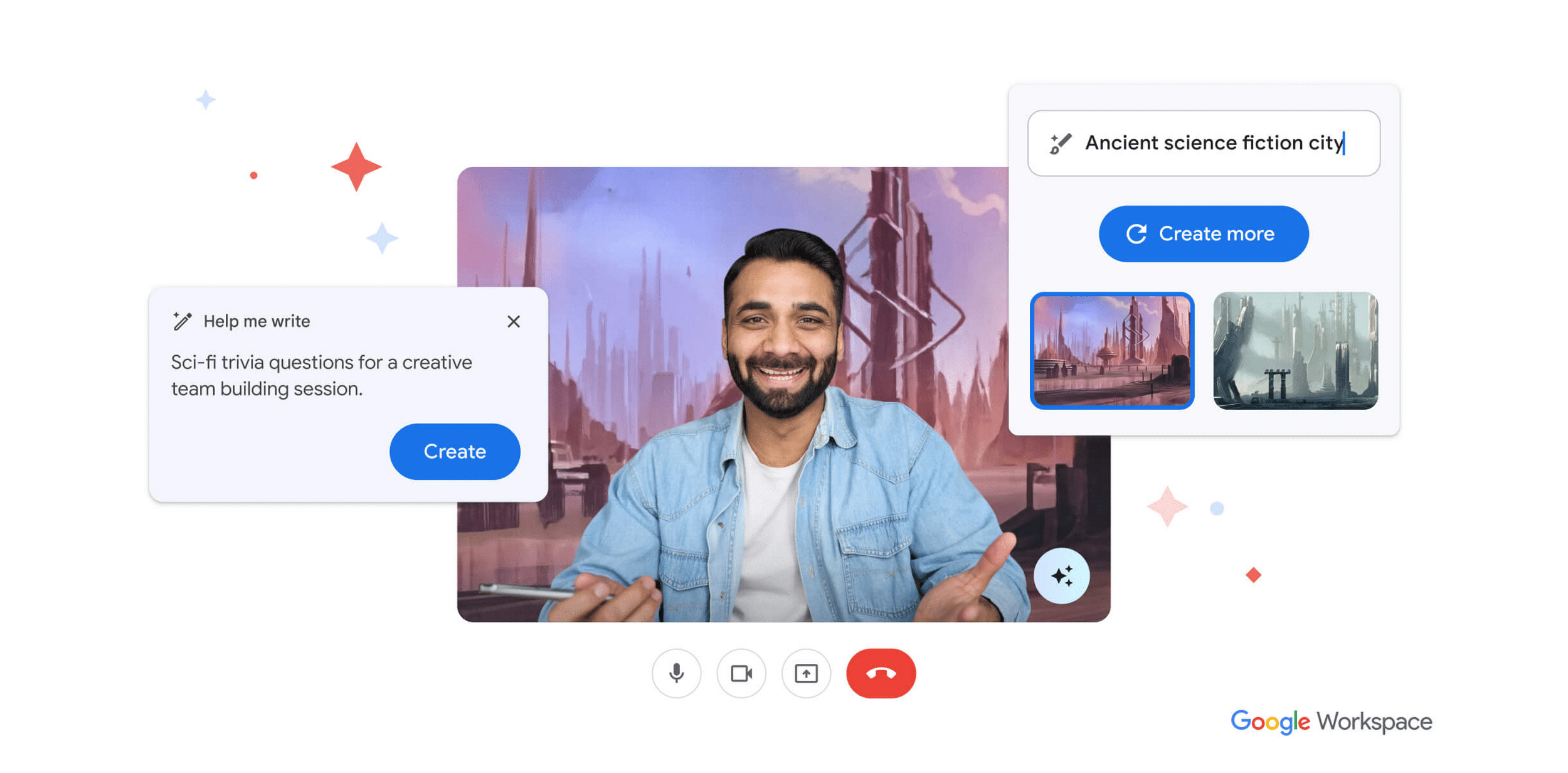
Google brings AI collaboration to work
Google used yesterday's Google I/O to announce new services and capabilities across Google Cloud and Workspace.
Among these is Duet AI, an AI-powered collaborator, to enable more users and developers to start seeing the impact AI can have on their organization and help solve day-to-day work challenges.

Get 'GPT-3' (worth $27.99) for FREE
GPT-3, by Sandra Kublik and Shubham Saboo, provides a comprehensive guide on how to utilize the OpenAI API with ease. It explores imaginative methods of utilizing this tool for your specific needs and showcases successful businesses that have been established through its use.
The book is divided into two sections, with the first focusing on the fundamentals of the OpenAI API. The second part examines the dynamic and thriving environment that has arisen around GPT-3.

Get 'Machine Learning Security Principles' (worth $37.99) for FREE
Businesses are leveraging the power of AI to make undertakings that used to be complicated and pricey much easier, faster, and cheaper. Machine Learning Security Principles will explain how you can use Machine Learning to keep data, networks, users and applications safe from prying eyes.
The first part of this book will explore these processes in more depth, which will help you in understanding the role security plays in machine learning.
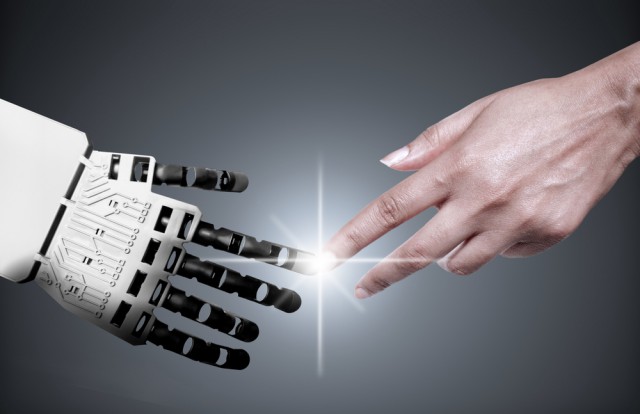
Smaller businesses are ready to embrace AI
According to a new report, 61 percent of SMBs expect their AI usage to increase in the next year, and younger groups are more likely to incorporate AI into regular tasks.
The study from DigitalOcean also finds that while 70 percent have used ChatGPT in some capacity, it's still in the early testing stages and only nine percent of companies have policies in place concerning its usage. 62 percent of those using ChatGPT say they are just testing it out, with 23 percent integrating it into regular tasks.

Behavioral AI platform defends against multi-channel attacks
While email remains the most common path to target an organization, we're increasingly using other tools like Slack, Teams and Zoom too, so cybercriminals are steadily shifting their tactics and targeting these additional entry points across the enterprise.
AI-based email security platform Abnormal Security is launching a range of new additions to its product focused on expanding security detection for these collaboration tools.

From a hacker's cheat sheet to malware… to bio weapons? ChatGPT is easily abused, and that's a big problem
There's probably no one who hasn't heard of ChatGPT, an AI-powered chatbot that can generate human-like responses to text prompts. While it's not without its flaws, ChatGPT is scarily good at being a jack-of-all-trades: it can write software, a film script and everything in between. ChatGPT was built on top of GPT-3.5, OpenAI’s large language model, which was the most advanced at the time of the chatbot's release last November.
Fast forward to March, and OpenAI unveiled GPT-4, an upgrade to GPT-3.5. The new language model is larger and more versatile than its predecessor. Although its capabilities have yet to be fully explored, it is already showing great promise. For example, GPT-4 can suggest new compounds, potentially aiding drug discovery, and create a working website from just a notebook sketch.
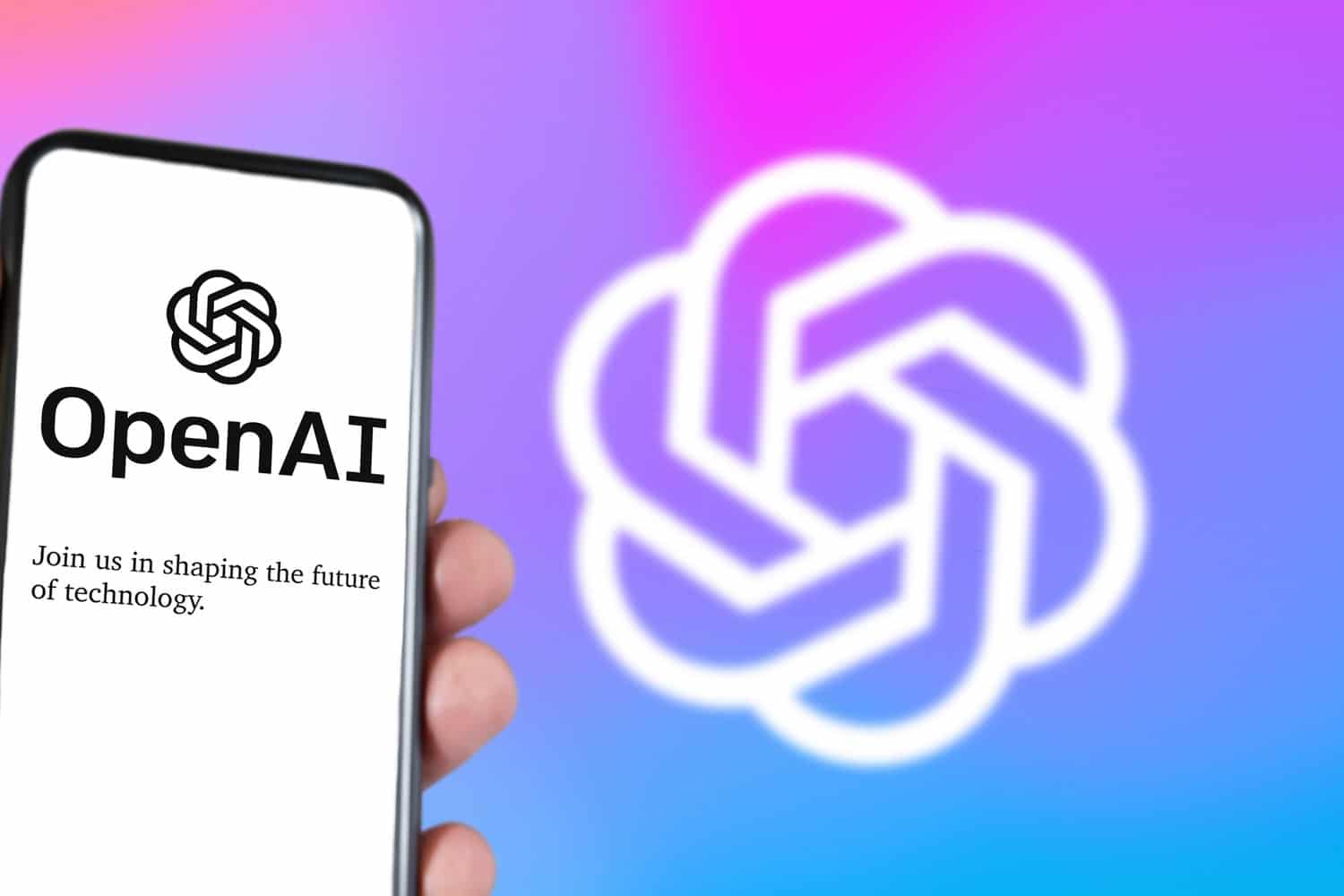
OpenAI launches bug bounty program to help boost ChatGPT security
As the world goes crazy for AI, many are voicing concerns about the numerous artificial intelligence systems that are rapidly gathering fans. ChatGPT is one of the tools that has exploded in popularity, and now OpenAI, the company behind the system, has launched a bug bounty program to help track down flaws and problems.
The company is calling on "the global community of security researchers, ethical hackers, and technology enthusiasts" to unearth vulnerabilities, bugs and security flaws. With the OpenAI Bug Bounty Program, it is possible to earn anything from $200 to $20,000 for sharing discoveries, with the size of the payment being dependent on the severity of the problem found.

Microsoft is adding ChatGPT support to PowerToys for AI-powered searches
Having just added a registry editing tool to PowerToys, Microsoft is now working on the practically inevitable -- adding ChatGPT support to the utility collection.
This will not take the form of a dedicated new module, rather it will be a plugin. Specifically PowerToys' AI-driven ChatGPT functionality will come courtesy of a PowerToys Run plugin that is currently in development. It is a move that neatly integrates the power of ChatGPT into Windows 10 and Windows 11.

The roll out of integrated AI image generator to all Microsoft Edge users begins
Microsoft has started the rollout of Edge Image Creator to all users. Continuing its love affair with all things related to artificial intelligence, the company's in-browser AI image generator is powered by OpenAI's DALL-E.
Rolling out the tool to Edge comes just a few weeks after Microsoft announced the launch of Bing Image Creator in the preview version of the browser and the new Bing. It means that everyone running the desktop version of Edge will have access to Image Creator.
